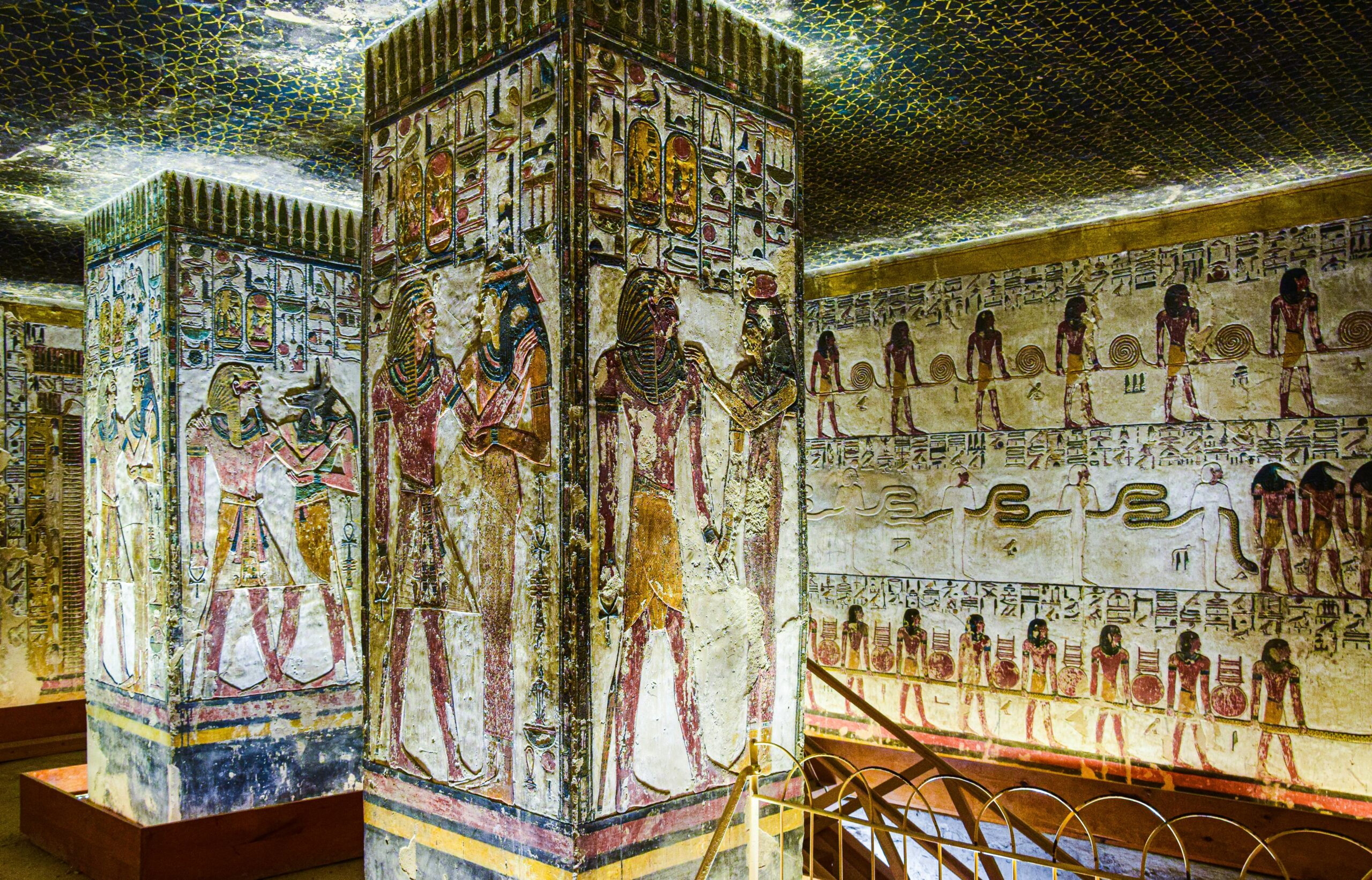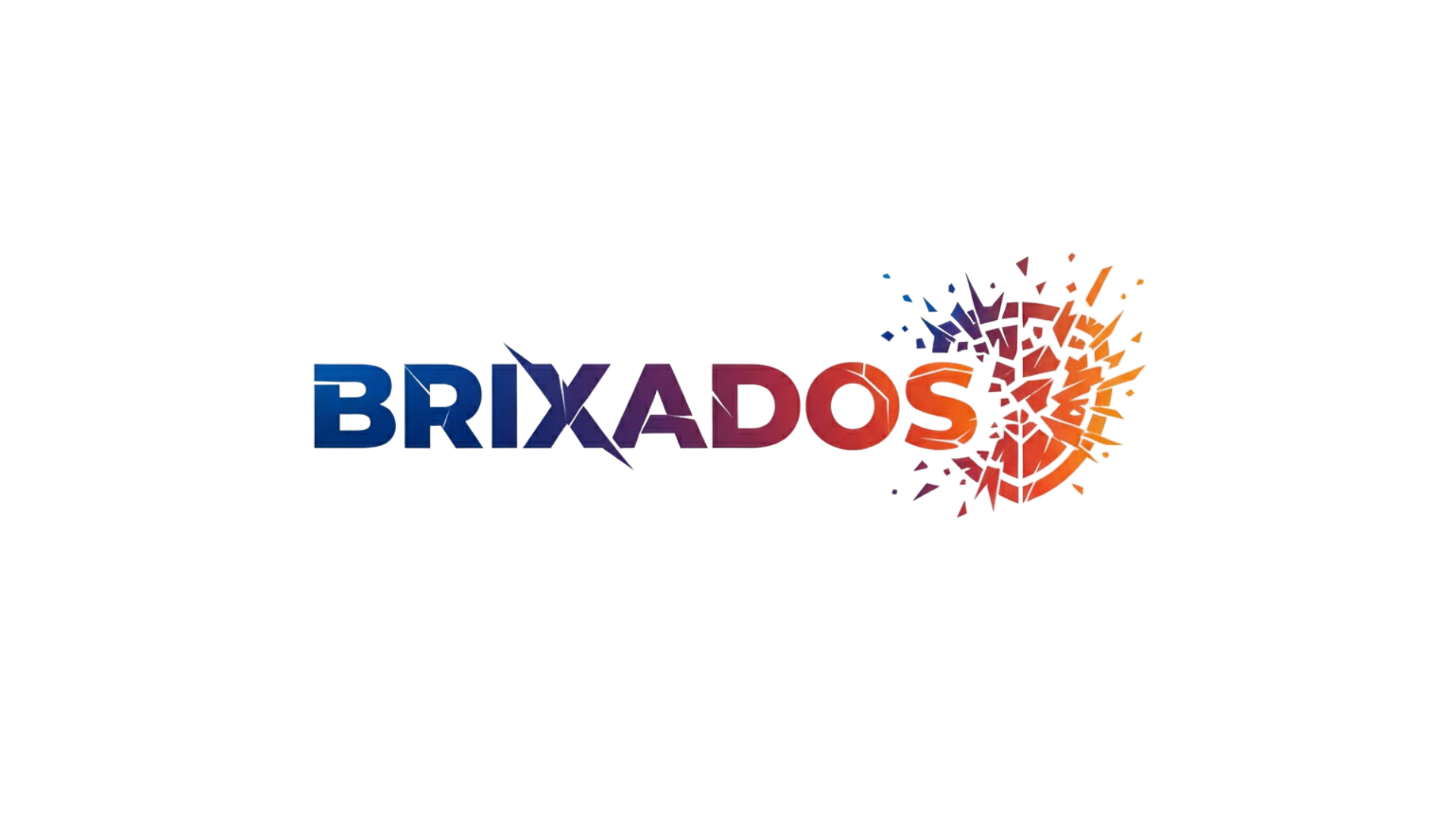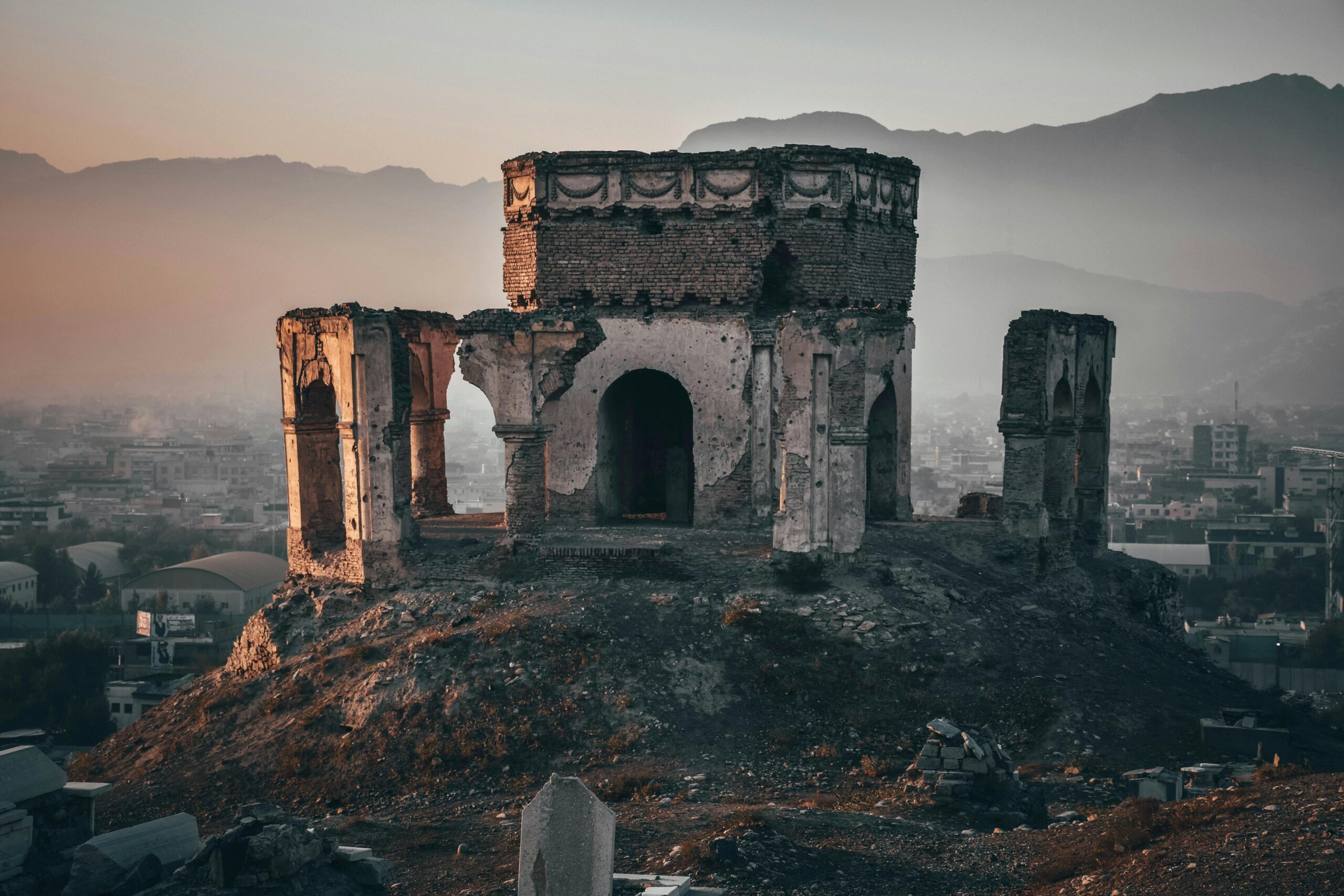Throughout human history, cultures across the globe have crafted magnificent stories explaining how the world came into existence and humanity’s place within it.
🌍 The Universal Human Need to Understand Our Origins
Creation myths represent humanity’s earliest attempts to comprehend the fundamental questions that have haunted our species since the dawn of consciousness. These narratives transcend mere storytelling—they form the bedrock of cultural identity, religious practice, and philosophical understanding. From the frozen tundras of Scandinavia to the tropical islands of Polynesia, every civilization has developed its own unique cosmological framework.
What makes these ancient narratives particularly fascinating is their diversity combined with surprising commonalities. While each culture’s creation story reflects its specific environment, values, and worldview, certain archetypal patterns emerge repeatedly. Primordial chaos, cosmic eggs, world parents, divine speech, and emergence from water or earth appear across continents and millennia, suggesting something profound about the human psyche and our relationship with existence itself.
The Mesopotamian Genesis: When Gods Shaped Reality from Chaos
The Enuma Elish, Babylon’s creation epic dating back to approximately 1800 BCE, presents one of humanity’s oldest recorded cosmogonies. This seven-tablet masterpiece describes how the universe emerged from the mingling of two primordial entities: Apsu (freshwater) and Tiamat (saltwater). Their union produced younger gods whose noise and vitality disturbed the ancient couple’s peace.
The narrative takes a dramatic turn when Apsu plots to destroy the younger deities. Ea, god of wisdom, kills Apsu in self-defense, triggering Tiamat’s vengeful wrath. She creates an army of monsters, but the young god Marduk volunteers to face her in exchange for supreme authority over the pantheon. After defeating Tiamat in cosmic combat, Marduk splits her body like a shellfish, creating heaven from one half and earth from the other.
This violent cosmogony reflects the harsh realities of Mesopotamian life—floods, droughts, and constant warfare between city-states. The story legitimizes Babylon’s political supremacy while establishing order as something achieved through struggle rather than inherent in the universe.
Egyptian Cosmology: Multiple Paths to Understanding Creation 🌅
Ancient Egypt’s theological complexity produced not one but several creation narratives, each associated with different cult centers. The Heliopolitan tradition describes Atum, the self-created god who emerged from the primordial waters of Nun. Standing on the primeval mound, Atum masturbated or spat out Shu (air) and Tefnut (moisture), who in turn produced Geb (earth) and Nut (sky).
The Memphite theology offers a more philosophical approach, presenting Ptah as the supreme creator who brought the world into existence through thought and speech—a concept remarkably similar to the Logos doctrine that would appear in Greek philosophy and later Christianity. This intellectual creation, where reality manifests through divine utterance, represents one of humanity’s earliest expressions of idealism.
Meanwhile, the Hermopolitan tradition speaks of the Ogdoad—eight primordial deities representing fundamental forces of chaos who created a cosmic egg from which the sun god Ra emerged. These multiple creation narratives coexisted peacefully in Egyptian theology, reflecting a sophisticated understanding that different perspectives can illuminate different truths.
The Norse Vision: Fire, Ice, and the Tree of Life
Scandinavian mythology presents a creation story marked by elemental extremes and inevitable doom. In the beginning existed Ginnungagap, a vast empty void flanked by Muspelheim (realm of fire) in the south and Niflheim (realm of ice) in the north. When sparks from Muspelheim met the frost of Niflheim in the void, the giant Ymir emerged from the melting ice.
Ymir became the progenitor of the frost giants, while the cow Auðumbla—created simultaneously—licked the salty ice blocks, revealing Búri, ancestor of the gods. Búri’s grandson Odin and his brothers eventually killed Ymir in cosmic patricide. From Ymir’s corpse, they fashioned the world: his flesh became earth, blood became seas, bones became mountains, hair became trees, and skull became the sky.
This brutal origin story reflects the harsh Scandinavian environment and the culture’s warrior ethos. The concept of Ragnarök—the inevitable destruction and rebirth of the cosmos—embedded within Norse mythology suggests a cyclical worldview where creation and destruction form an eternal pattern.
Hindu Cosmology: Cycles Within Cycles of Eternal Return ♻️
Hindu creation mythology embraces complexity and multiplicity on a scale that dwarfs most other traditions. The Rigveda’s Nasadiya Sukta (Hymn of Creation) presents one of philosophy’s most profound cosmological speculations, questioning whether anyone—even the gods—truly knows how creation occurred. This agnostic wonder represents intellectual sophistication rare in ancient religious texts.
The Puranic traditions describe Brahma emerging from a lotus growing from Vishnu’s navel as the preserver god floats on the cosmic ocean. Brahma then creates the universe through meditation and thought. This universe exists for one “Day of Brahma” (4.32 billion human years) before dissolving during Brahma’s night, only to be recreated in an endless cycle.
Other Hindu traditions speak of the cosmic dance of Shiva, whose rhythmic movements create, preserve, and destroy the universe in perpetual cycles. This conception of time as circular rather than linear, with creation and destruction as complementary rather than opposed, profoundly influenced Eastern philosophy and stands in stark contrast to the linear time conception dominant in Abrahamic traditions.
Chinese Cosmogony: Harmony Emerging from Chaos 🐉
Chinese creation mythology centers on the figure of Pangu, the primordial giant who separated yin from yang. According to this tradition, the universe began as a cosmic egg containing undifferentiated chaos. Pangu slept within this egg for eighteen thousand years before awakening and breaking free.
The lighter, clearer elements (yang) rose to form heaven, while the heavier, turbid elements (yin) sank to form earth. Pangu stood between them, growing ten feet taller each day, pushing heaven and earth apart. This continued for another eighteen thousand years until the separation became permanent.
Upon Pangu’s death, his body transformed into the natural world: his breath became wind and clouds, his voice became thunder, his eyes became sun and moon, his limbs became mountains, his blood became rivers, his flesh became soil, and the fleas on his body became humanity. This narrative emphasizes the fundamental unity between humans and nature, a concept central to Chinese philosophy.
Abrahamic Traditions: Creation Through Divine Will
The Genesis account in Hebrew scripture presents creation as the purposeful act of a single, transcendent God who brings order from chaos through speech. “Let there be light” exemplifies creation through divine utterance—reality responding to God’s will. This six-day creation narrative culminates in humanity’s formation in God’s image, establishing human beings as uniquely positioned between divine and earthly realms.
The Genesis text actually contains two creation accounts with subtle differences. The first (Genesis 1:1-2:3) presents a systematic, orderly creation over six days with humanity created last as the pinnacle. The second (Genesis 2:4-25) offers a more intimate narrative where Adam is formed first, then Eve from his rib, emphasizing relationship and partnership.
Islamic tradition elaborates on this framework while introducing unique elements. The Quran describes Allah creating the heavens and earth in six days (periods), creating Adam from clay, and breathing His spirit into him. Islamic cosmology emphasizes God’s absolute transcendence and the universe’s complete dependence on divine will for continued existence.
African Creation Stories: Diversity Across the Continent 🌍
Africa’s vast cultural diversity produced countless creation narratives, each reflecting local environments and social structures. The Yoruba people of West Africa speak of Olodumare, the supreme deity, who sent Obatala down from the sky with a chain, some earth in a snail shell, and a chicken. Obatala scattered the earth on primordial waters, and the chicken spread it to form land.
The Dogon people of Mali possess sophisticated cosmological knowledge, describing Amma as the creator god who formed the stars, sun, moon, and earth. From Amma’s union with earth came twin spirits called Nummo, who descended to earth bringing water, order, and cultural knowledge to humanity.
The Zulu creation myth speaks of Unkulunkulu, who emerged from reeds and created everything including the first humans. He sent a chameleon to tell humanity they would live forever, but the slow chameleon was overtaken by a faster lizard carrying the opposite message—thus death entered the world. This etiological element explaining death’s origin appears in creation myths worldwide.
Polynesian and Pacific Island Cosmogonies 🌺
Pacific Island cultures developed rich creation narratives reflecting their intimate relationship with the ocean. Hawaiian tradition speaks of Kumulipo, a creation chant describing the universe’s birth from darkness. Through successive generations, increasingly complex life forms emerged from the sea, culminating in the appearance of humans—a progression remarkably reminiscent of evolutionary sequences.
Maori cosmology describes Ranginui (Sky Father) and Papatuanuku (Earth Mother) locked in tight embrace, their children trapped in darkness between them. The children debated how to bring light into the world, eventually deciding to separate their parents. Tane, god of forests, pushed them apart with mighty effort, creating space for life and light.
This “world parents” motif appears across Polynesian cultures with variations, reflecting both the Pacific peoples’ navigational connections and their adaptation of core narratives to local circumstances. The separation of earth and sky appears in numerous cultures worldwide, suggesting fundamental human observations about the visible structure of reality.
Native American Creation Narratives: Earth Divers and Emergence Tales
North American indigenous peoples developed diverse creation stories adapted to vastly different environments. The “Earth Diver” motif, common among Plains and Eastern Woodland tribes, describes animals diving into primordial waters to retrieve mud that becomes the foundation of earth. Often, multiple animals attempt the dive before one succeeds, emphasizing themes of perseverance and sacrifice.
Southwestern Pueblo peoples tell “Emergence” stories where humanity ascends through multiple underground worlds before emerging into the present reality. The Navajo describe four worlds through which the People traveled, learning important lessons and establishing the order that governs life today. These narratives encode complex cultural knowledge, moral teachings, and geographical information.
The Iroquois creation story features Sky Woman falling from the sky world. Birds caught her descent, and aquatic animals dove to bring up earth to create land on the back of a great turtle—hence North America as “Turtle Island” in many indigenous traditions. Sky Woman’s daughter gave birth to twins: Tharonhiawakon (good mind) and Tawiskaron (bad mind), whose ongoing conflict shaped the world’s dual nature.
Mesoamerican Cosmology: Multiple Worlds and Sacred Time ⏰
The Popol Vuh, sacred book of the K’iche’ Maya, describes the gods’ multiple attempts to create suitable humans. First they formed beings from mud, but these dissolved. Then they carved people from wood, but these lacked souls and minds, becoming the monkeys. Finally, the gods ground maize and formed humans from masa—corn people who could properly worship their creators.
This narrative reflects maize’s central importance in Mesoamerican civilization while suggesting that humanity’s purpose involves conscious relationship with the divine. The theme of failed creation attempts followed by success appears in various traditions, perhaps reflecting ancient peoples’ observations of their own cultural development.
Aztec mythology describes five successive worlds or “Suns,” each ending in catastrophe. The current world, the Fifth Sun, exists under constant threat and requires nourishment through sacrifice to prevent cosmic collapse. This cosmology profoundly influenced Aztec religious practice and their sense of responsibility for maintaining universal order.
Common Threads: Universal Patterns in Creation Mythology 🧵
Despite enormous cultural differences, creation myths share remarkable similarities. Primordial chaos or void appears almost universally as the starting condition. Water features prominently—unsurprising given its essential role in life and its capacity for both destruction and creation. The cosmic egg appears in traditions from China to Finland, perhaps reflecting observations of hatching birds or symbolic understandings of potential.
Many traditions describe world parents whose separation creates space for existence, possibly reflecting human observation of sky and earth as fundamental categories. Creation through speech or thought appears repeatedly, suggesting ancient recognition of consciousness’s creative power. Sacrifice often plays a crucial role—whether Ymir’s body, Tiamat’s corpse, or Purusha’s dismemberment in Vedic tradition.
These patterns may reflect common human experiences, universal cognitive structures, ancient cultural diffusion, or some combination. Comparative mythology continues debating these questions, but the parallels themselves remain striking and thought-provoking.
Modern Relevance: Why Ancient Creation Stories Still Matter Today
In an age of scientific cosmology, one might question creation myths’ relevance. However, these narratives address fundamentally different questions than science. While astronomy and physics explain mechanical processes of cosmic formation, creation myths explore meaning, purpose, and humanity’s relationship to existence. They ask not just “how” but “why” and “what does it mean for us?”
Creation myths preserve ancestral wisdom, encode cultural values, and provide frameworks for understanding human nature and our place in the cosmos. They remind us that our ancestors were sophisticated thinkers grappling with existence’s deepest questions. Their answers, while not scientifically accurate by modern standards, demonstrate remarkable insight into psychology, ecology, and social organization.
Furthermore, these stories foster cultural understanding and appreciation for human diversity. Recognizing that every culture has grappled with existence’s mysteries cultivates humility and respect. In our interconnected world, such understanding becomes increasingly valuable for building bridges across cultural divides.

The Eternal Question: Where We Come From and Why It Matters 💫
Creation myths represent humanity’s earliest philosophy, psychology, and theology rolled into narrative form. They demonstrate our species’ unique capacity for abstract thought, symbolic representation, and meaning-making. These stories shaped civilizations, justified social structures, inspired art, and provided the conceptual frameworks within which entire cultures understood reality.
Whether we view them as literal truth, metaphorical wisdom, cultural artifacts, or psychological archetypes, creation myths remain profoundly relevant. They connect us to our ancestors while revealing universal human concerns that transcend time and geography. In their diversity, we see humanity’s creative richness; in their commonalities, we recognize our fundamental unity.
The ancient wonders embedded in these creation narratives continue speaking to modern audiences because they address timeless human needs—for connection, meaning, and understanding our place within the vast mystery of existence. They remind us that the question “where did we come from?” remains as compelling today as when our ancestors first gazed at the stars and wondered.
Toni Santos is a myth-psychology researcher and narrative writer exploring how archetypes, symbols and human story converge to shape mind, culture and meaning. Through his studies on the collective unconscious, comparative mythology and symbolic dream interpretation, Toni examines how the myths we tell reflect the patterns we live — and how awareness of these patterns can spark transformation. Passionate about hero’s journeys, mythic motifs and dream-language, Toni focuses on how story acts as both mirror and map for inner depth and growth. His work highlights the bridges between myth, psyche and culture — guiding readers toward a deeper encounter with themselves and the stories they carry. Blending psychology, mythology and narrative theory, Toni writes about the hidden architecture of meaning — helping readers understand how symbols, stories and dreams shape experience and identity. His work is a tribute to: The power of myth to reveal the unseen structures of psyche The journey from archetype to individual lived story The art of dream-language as a path to wholeness Whether you are a storyteller, psychologist or traveller in the inner landscape, Toni Santos invites you to explore the mythic dimension of mind — one symbol, one myth, one insight at a time.




